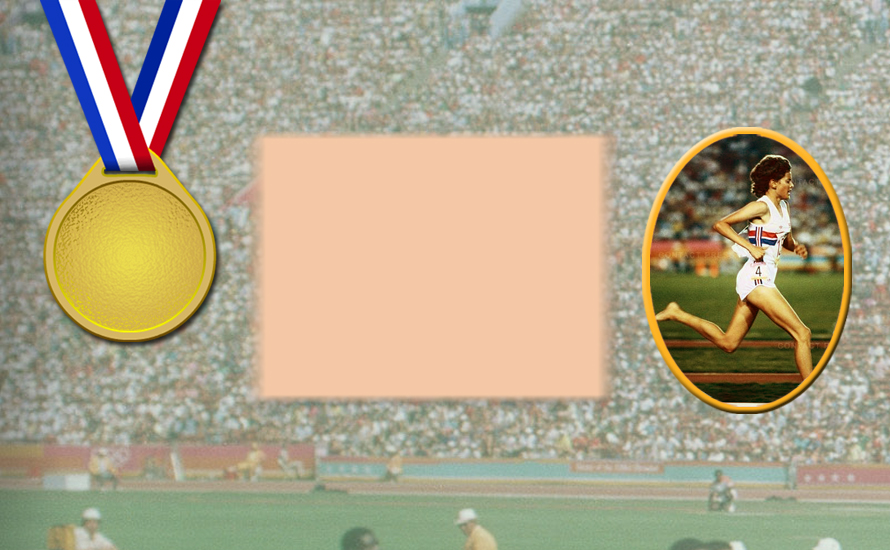Track and field
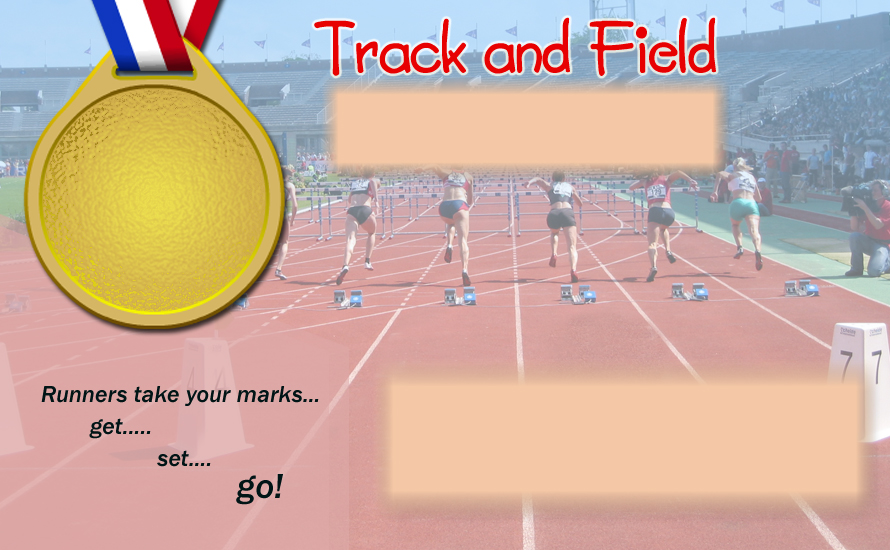
In track and field, there are eight running events:
| 1. 100-meter sprint | 2. 200-meter sprint |
| 3. 400-meter sprint | 4. 800-meter sprint |
| 5. 1,500-meter sprint | 6. marathon |
| 7. hurdles | 8. relays |
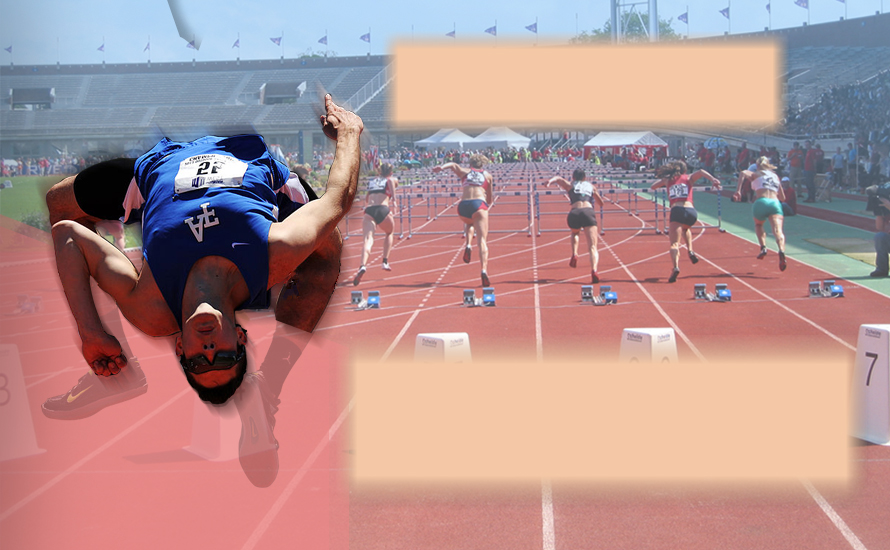
he got over it.
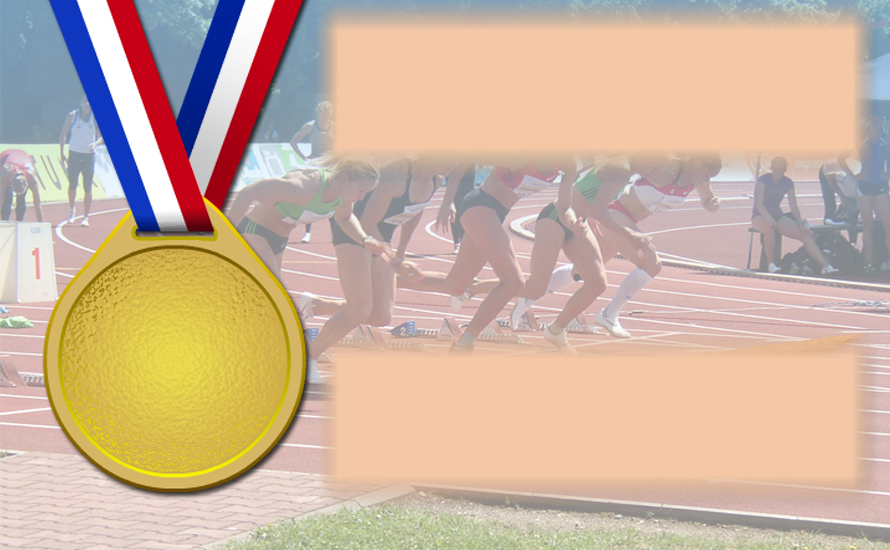
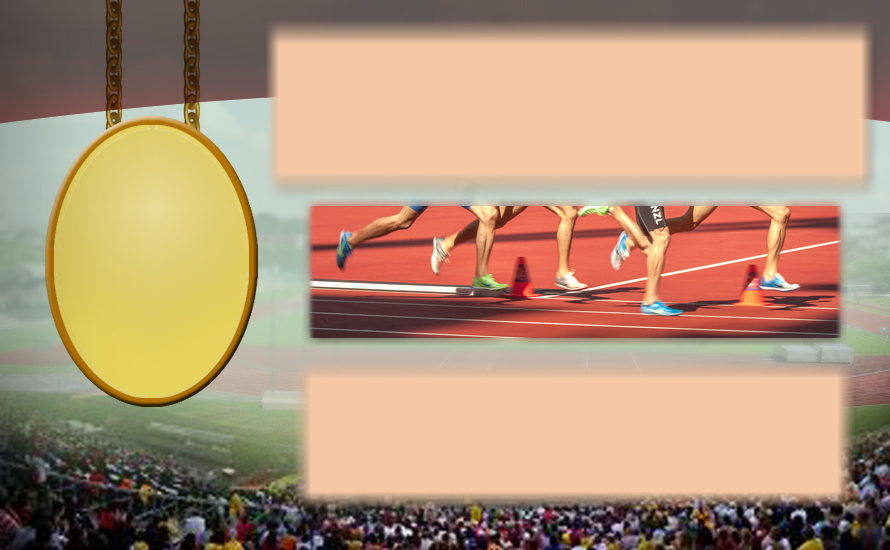

PR - Personal Record or PB – Personal Best – An individual athlete’s best time, height, or distance for a particular event.
Lap – A lap is one complete circuit of a track.
Dashes – A dash is any race up to the 800-meter distance.
False Start – A false start is moving or leaving the starting blocks or line before the gun goes off.
Hurdles – Hurdles are horizontal barriers, called hurdles, which a runner must clear.

Kick – A kick is when a runner increases in speed that comes toward the end of a running event.
Heat – A group of athletes assigned to each event. Each group is a heat.
False Start - An athlete can be disqualified if he/she crosses the starting line before the starting gun goes off.
Relay – A relay is an event in which four team members each run one of four legs of a race. The runners pass a baton in designated exchange zones.
Baton – The baton is the stick that runners hand off to one another during a relay race.
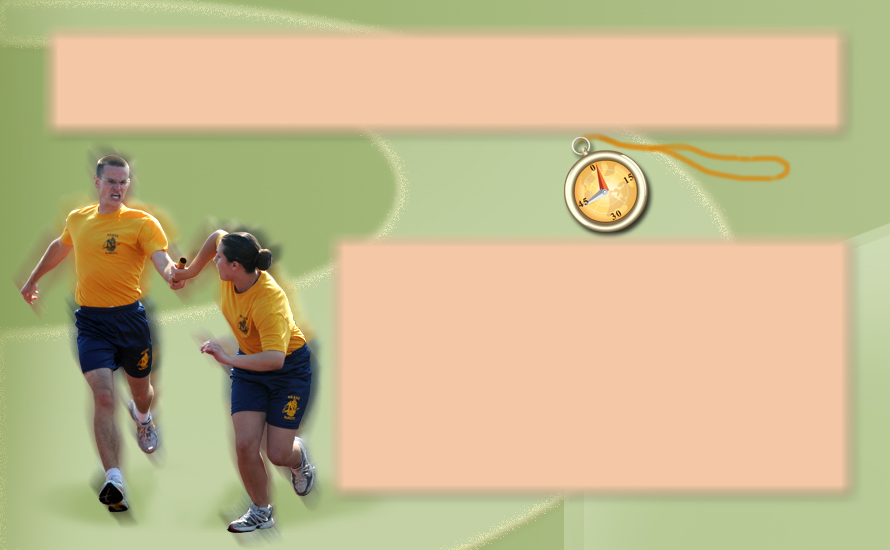
Changeover - The changeover is the exchange of the baton from one runner to the next during a relay race.
Anchor - The anchor is the athlete who runs the last leg of a relay race.
Leg – A leg is a designation segment of a relay race completed by one runner.
Exchange Zone - During relays, runners pass the baton in the exchange zone.
Handoff – One runner hands the baton to another runner in the exchange zone during a relay race.
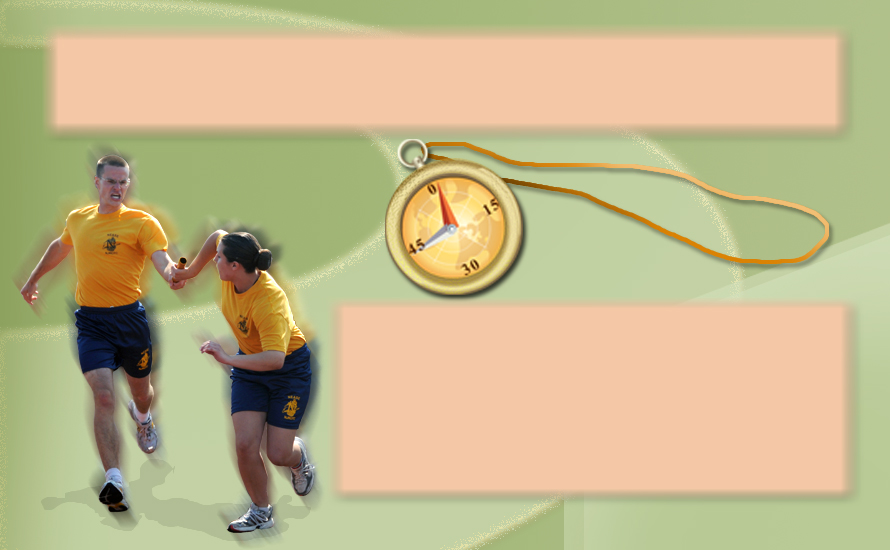
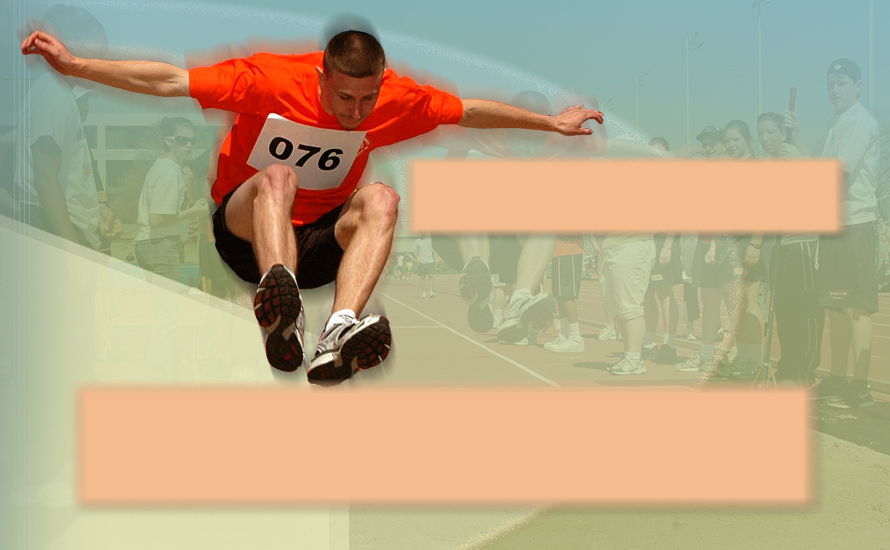
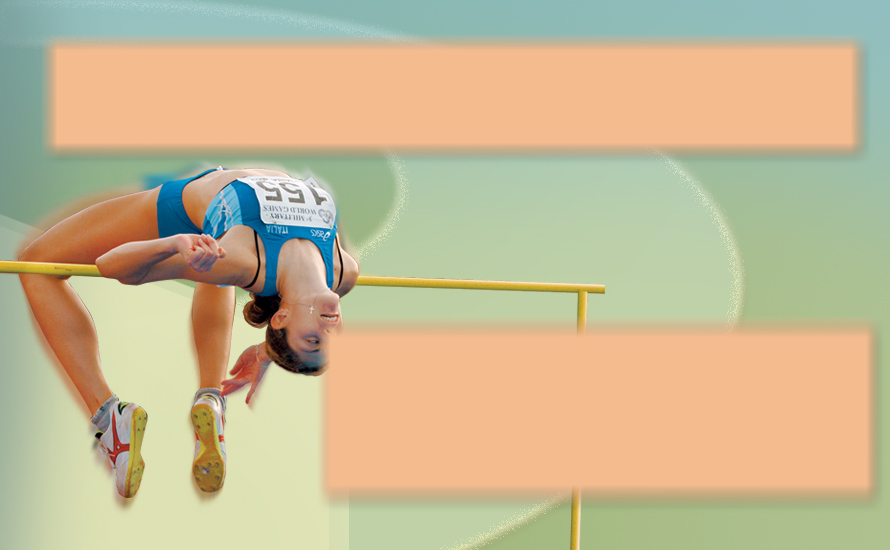

Throwing Events
The shot put is a ball that is usually made of steel or iron. The thrower must hold the ball with one hand, close to his or her neck, and throw the ball over the shoulder. The thrower spins his or her foot and throws the shot put. The goal is to throw it as far as possible. Many shot put throwers can throw from 60-70 feet!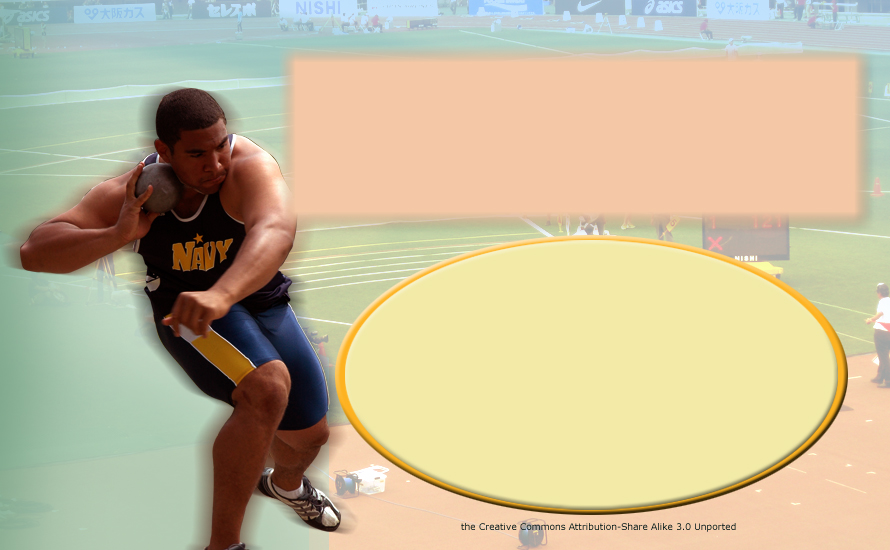
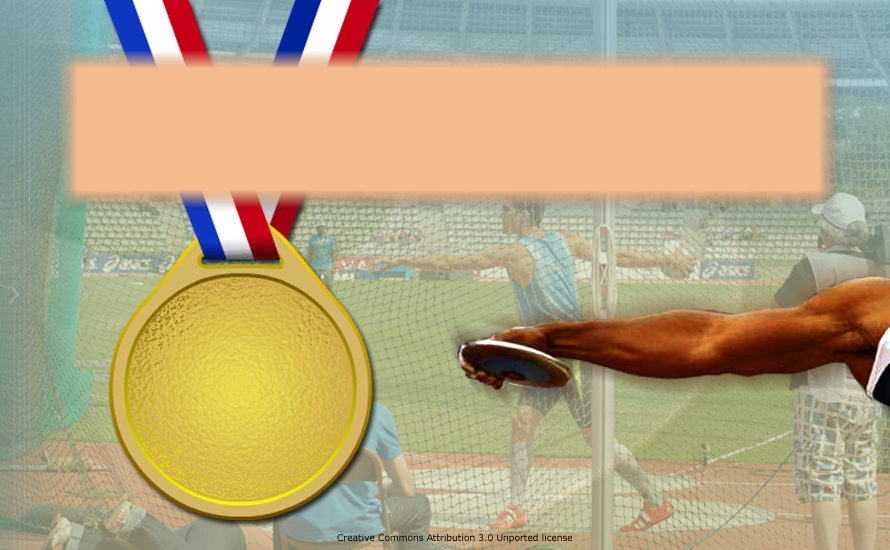
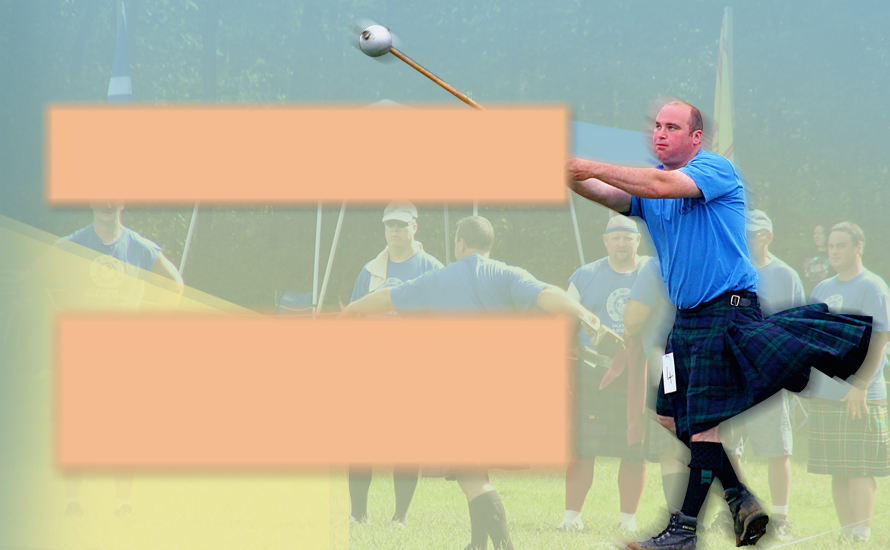
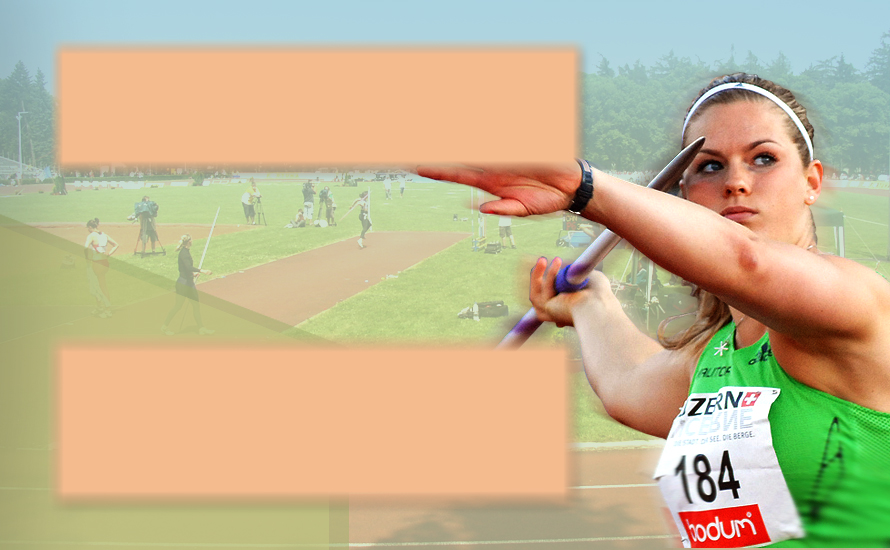
PR - Personal Record or PB – Personal Best – An individual athlete’s best time, height, or distance for a particular event.
Discus – Discus is a throwing event where the athlete throws a cylindrical object as far as possible. The object thrown is also the discus.
Javelin – Javelin is an event where an athlete throws a pole or spear for the longest distance.
Hammer Throw – Hammer throw is an event where the athlete throws a heavy object for the longest possible distance.
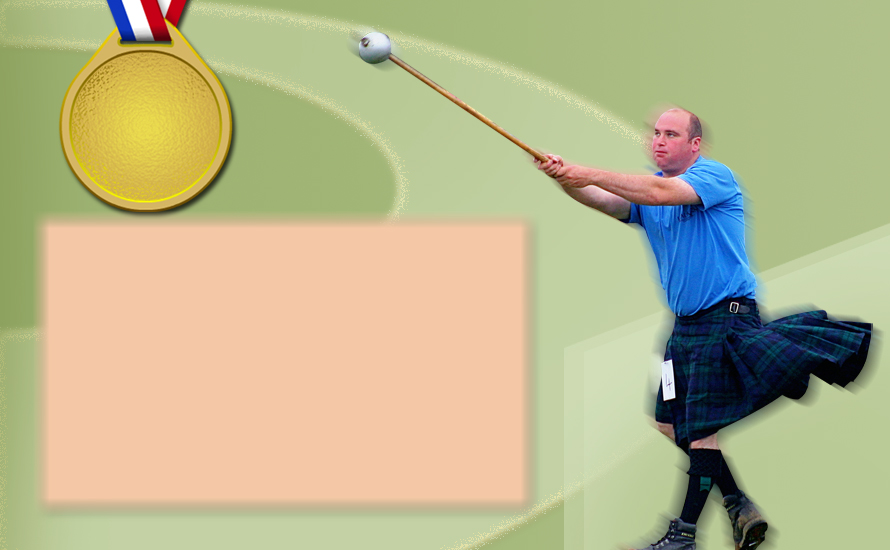
Shot put – Shot put is a throwing event where the athlete throws a round steel ball as far as possible.
Shot - The equipment used in the shot put. It is a round, steel ball.
Throwing Circle - The circle or ring where an athlete stands to throw the discus, shot put, or hammer.
Throwing Sector – The throwing sector is the designated arc where the thrown object must land.
Some athletes compete in combined events like the decathlon.

Day 1 includes:
• 100 meters race• Long jump
• Shot put
• High jump
• 400 meters race
Day 2 includes:
• 110 meters race with hurdles• Discus throw
• Pole vault
• Javelin throw
• 1500 meters race
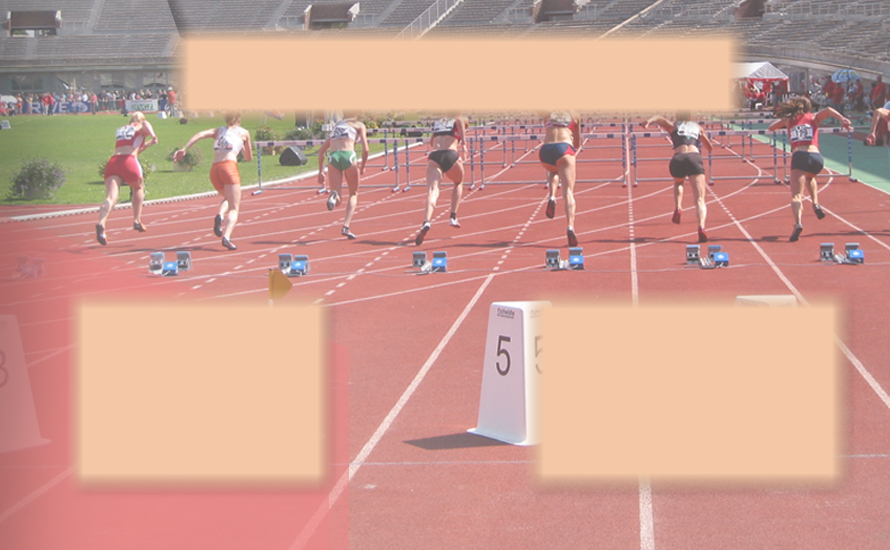
For many of the track and field events, the goal is to be the fastest runner, to throw the object the farthest, or to jump the highest or longest. In order to accomplish throwing, jumping and running feats, athletes must follow the rules and specifications for each event.
For example, runners must avoid false starts (starting before the gunshot is fired) and lane changes (moving out of his or her lane).
If a competitor does not follow the rules, it is a foul. Athletes can face penalties, and even disqualification.

When an athlete does not follow the rules of each event, it may be ruled as a foul.
For example:
If a pole-vaulting athlete touches or knocks the bar down, it is a foul.If a jumper does not jump in the time allotted, it is a foul.
If a jumper steps on, or crosses the line on the approach, it is a foul.
If a runner crosses into another lane, it is a foul.

Running events:
The winner of the race is person whose torso crosses the finish line first. The winner has the best time (shortest time) for the event.Jumping events:
- To win the high jump, the athlete must clear the bar without touching it.
- To win the long jump, the athlete must jump from behind the line. If the jumper touches or steps over the line, it is a foul. The winner of the long jump is the athlete who jumps the longest distance without fouling.
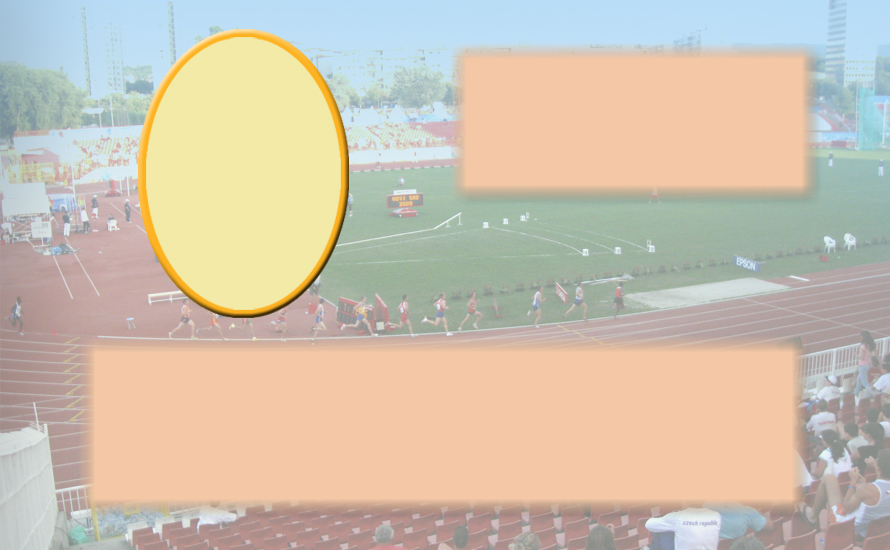
Throwing events:
For the throwing events, the winner is the athlete who throws the javelin, shot put, discus, or hammer the longest distance.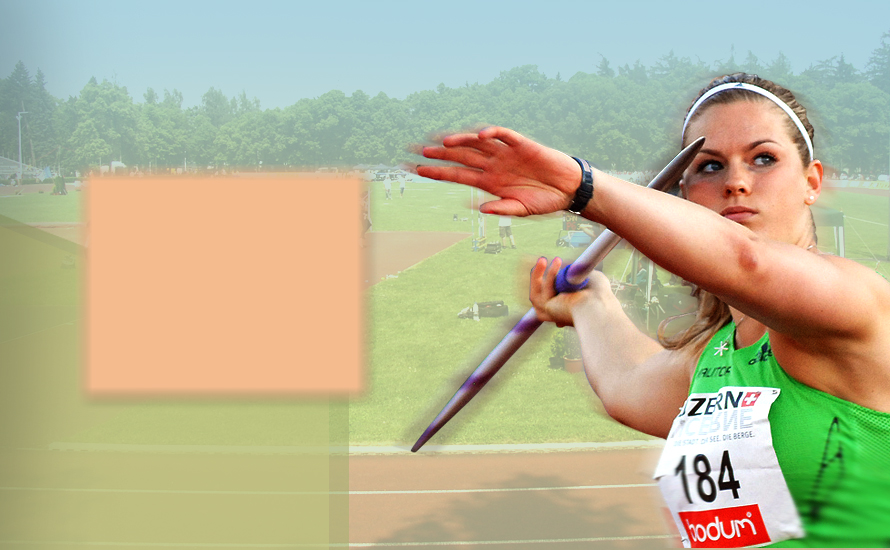
Spikes (for many events)
Running shorts, running shoes, running shirt (for running events)
Baton & a team of 4 runners (for relay)
Hurdles (for hurdle races)
A vault pit and a pole (for pole vault)
A crossbar and pit (for high jump)
A sandpit and take off system (for long jump)
A throwing ring or platform, a shot put ball, a javelin, a discus, or a hammer and gloves (for throwing events)

Track and field-style events are among the oldest of all sporting competitions.
People competed in jumping, running and throwing events since the beginning of time.
The first organized track and field events are the Ancient Olympic Games. Track and field events were also present at the Panhellenic Games in Greece. Competitions moved to Rome in Italy around 200 BC.
19th century - Modern track and field competitions were organized by schools, military organizations and sports clubs.
1865 - Dr. William Penny Brookes establishes the National Olympian Association.
1866 - Athletes competed in the First Olympian Games in London.

1876 - The United States began yearly national competitions (the USA Outdoor Track and Field Championships) in New York.
1896 - People established the modern Olympic Games.
1919 - Athletes participated in the first continental track and field competition at the South American Championships.
1921 - Male athletes participated in the first Men's Outdoor Track and Field Championship.
1923 - Athletes competed in the first World Student Games.
1928 - Female athletes were able to compete in five track and field events at the Summer Olympics, including high jump and discus.
1932 - Female athletes competed in javelin events for the first time.
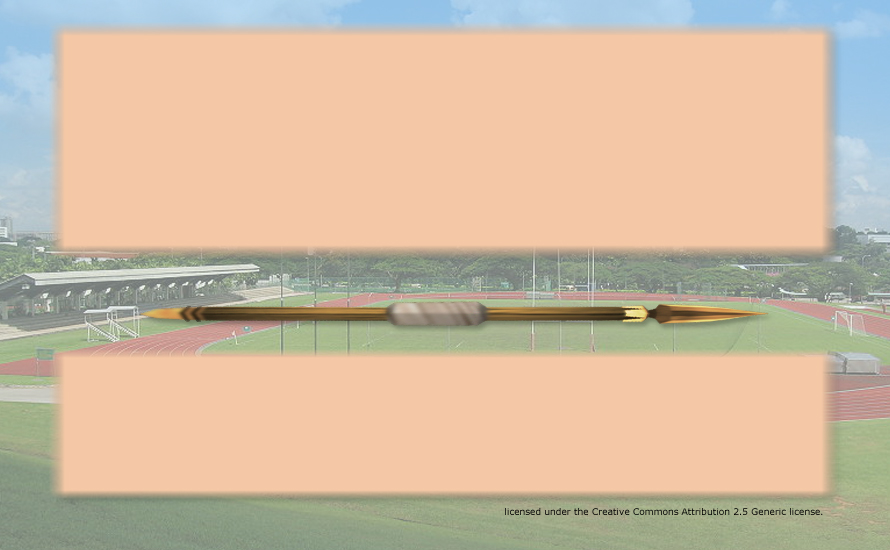
1934 - Athletes competed in the first European Athletics Championships.
1948 - Females first competed in the long jump and shot put at the Olympics.
1950 - Parry O'Brien popularized the 180 degree turn and throw technique for shot put, called the "glide," breaking the world record 17 times.
1960 - Disabled athletes were able to compete in major track and field competitions at the Summer Paralympics.
1968 - Dick Fosbury created a new backwards and head-first technique for the high jump called the "Fosbury Flop," which won him the gold at the 1968 Olympics.
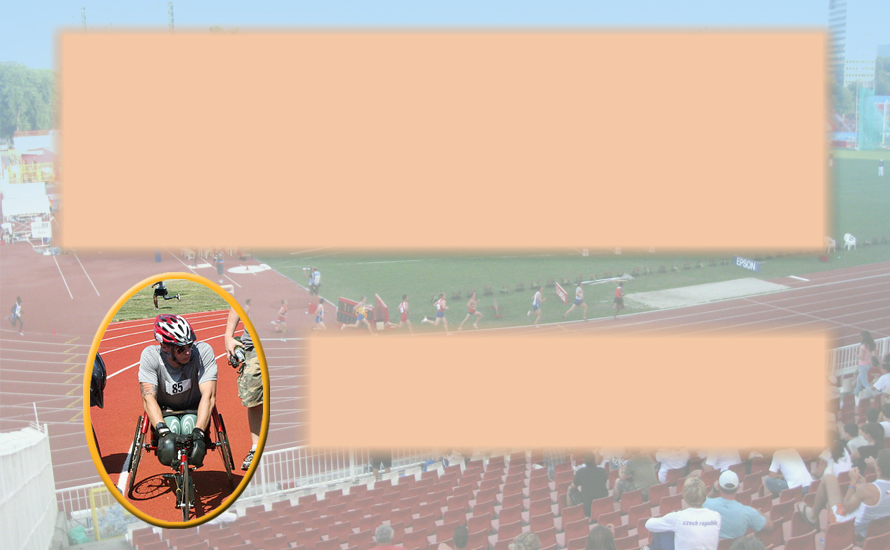
1976 - Aleksandr Baryshnikov and Brian Oldfield introduced the "spin" or rotational technique to the shot put event.
1980 - Many world records were broken in this period, and the added political element between competitors from various countries.
1984 - Females competed in the first 400 m hurdles event.
2000 - Females competed in Olympic pole vaulting competition and hammer throwing for the first time.

Jesse Owens
Nickname: The Buckeye Bullet In 1936, Jesse Owens won four gold medals at the Olympic Games in Berlin. He won the 100-meter race, the long jump, the 200-meter race, and the 400-meter relay. He broke two Olympic records along the way. He raced against cars and horses, and he played with the Harlem Globetrotters.
Frederick Carlton
"Carl" Lewis
Carl Lewis competed in four Olympic Games and won numerous gold and silver medals before his retirement in 1997. His best events were sprinting and long jump. His longest jump was just over 29 feet and 1 inch.

Michael Duane Johnson
Michael Duane Johnson was an American sprinter. He won four Olympic gold medals and eight World Championships gold medals. Johnson currently holds the world and Olympic records in the 300 and 400 meter races. Johnson is one of the greatest long sprinters in the history of track and field.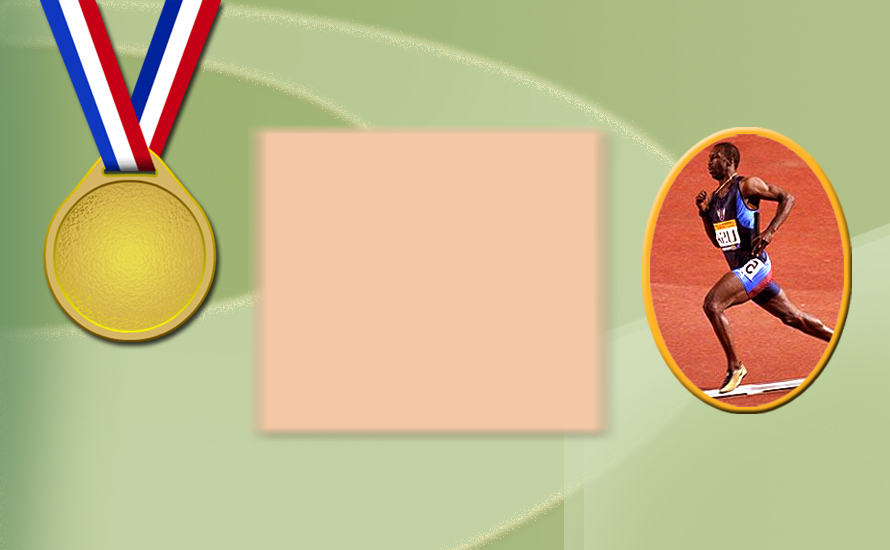
Jackie Joyner-Kersee
Jackie Joyner-Kersee was the first American to win gold for the long jump and the first woman to earn more than 7,000 points in the seven-event heptathlon. She has won three gold medals, a silver medal, and two bronze medals, making her the most decorated female athlete in Olympic track and field history. She currently holds the record for the long jump (just over 24 feet) and the heptathlon (with 7,291 points).
Zola Pieterse or Zola Budd
Zola Budd was an Olympic track and field competitor who broke the world record in the women's 5000-meter race. She was the women's winner at the World Cross Country Championships two times. Zola Budd was famous for running barefoot.